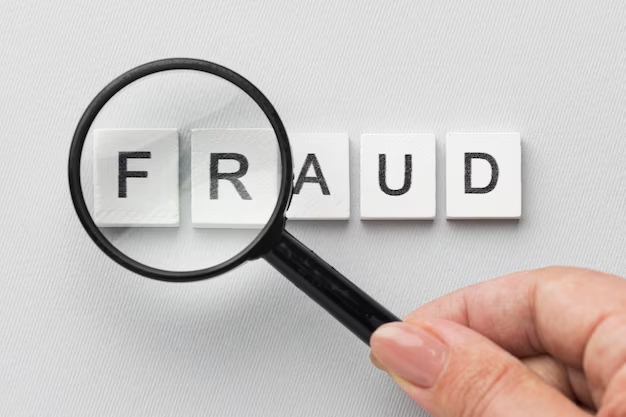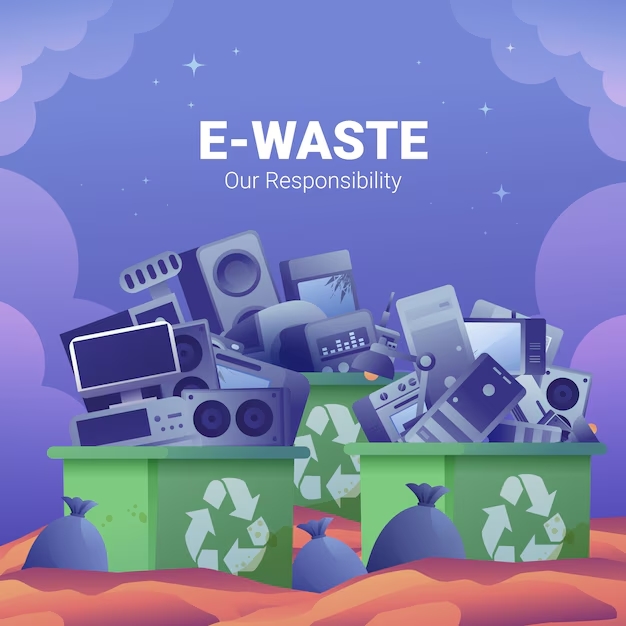Extended producer responsibility (EPR) is a policy approach
that shifts the responsibility for managing waste from governments to
producers. Under EPR, producers are required to take back or finance the
collection, recycling, and disposal of their products at the end of their life.
EPR is an effective way to reduce waste
and increase recycling rates. However, there are several challenges
associated with EPR waste certification.
One challenge is the lack of awareness of EPR among
producers and consumers. Many producers are not aware of their EPR
obligations, and consumers may not be aware that they can recycle certain
products. This can lead to low collection rates and high levels of waste.
Another challenge is the lack of adequate infrastructure
for waste management and recycling. In many countries, there is not
enough capacity to collect, recycle, and dispose of waste in an environmentally
sound manner. This can make it difficult for producers to meet their EPR
obligations.
A third challenge is the cost of EPR. EPR can be
a significant financial burden for producers, especially if they are required
to take back products that are difficult or expensive to recycle. This can lead
to free-riding, where some producers avoid their EPR obligations by passing the
costs on to consumers or other producers.
Finally, there can be challenges with enforcement. In
some cases, it can be difficult for governments to monitor and enforce EPR
regulations. This can lead to non-compliance and low levels of waste diversion.
Despite these challenges, EPR is a promising approach to
waste management. With careful planning and implementation, EPR can help to
reduce waste, increase recycling rates, and protect the environment.
Here are some specific challenges of EPR waste
certification:
- Lack
of standardization: There is no single, global standard for EPR waste certification. This can make it difficult for producers to comply
with EPR regulations in different countries.
- Data
collection and reporting: EPR requires producers to collect and
report data on their waste management activities. This can be a complex
and time-consuming process.
- Traceability: EPR
requires producers to track the movement of their products from the point
of sale to the point of recycling. This can be difficult to do, especially
for products that are sold online or that are exported to other countries.
- Cost: EPR
can be a significant financial burden for producers. This is especially
true for products that are difficult or expensive to recycle.
- Enforcement: It
can be difficult for governments to enforce EPR regulations. This is
especially true in countries with weak environmental regulations.
Despite these challenges, EPR waste certification can be a
valuable tool for reducing waste and increasing recycling rates. With careful
planning and implementation, EPR can help to protect the environment and create
a more sustainable future.
How can these challenges be addressed?
There are several ways to address the challenges of EPR
waste certification. These include:
- Raising
awareness of EPR among producers and consumers: Governments and
industry associations can play a role in raising awareness of EPR among
producers and consumers. This can be done through public education
campaigns, training programs, and other initiatives.
- Investing
in waste management infrastructure: Governments can invest in
waste management infrastructure to help producers meet their EPR
obligations. This includes building new recycling facilities, expanding
existing facilities, and improving collection and transportation systems.
- Developing
standardized EPR regulations: Governments can develop
standardized EPR regulations to make it easier for producers to comply
with EPR requirements in different countries. This would also help to
reduce the cost of compliance.
- Simplifying
data collection and reporting requirements: Governments can
simplify data collection and reporting requirements to make it easier for
producers to comply with EPR regulations. This would also help to reduce
the cost of compliance.
- Improving
traceability: Governments can improve the traceability of products to
make it easier for producers to track the movement of their products from
the point of sale to the point of recycling. This would help to ensure
that products are recycled properly.
- Strengthening
enforcement: Governments can strengthen enforcement of EPR
regulations to ensure that producers comply with their obligations. This
would help to reduce non-compliance and increase recycling rates.
By addressing these challenges, EPR can be a more effective
tool for reducing waste and increasing recycling rates











